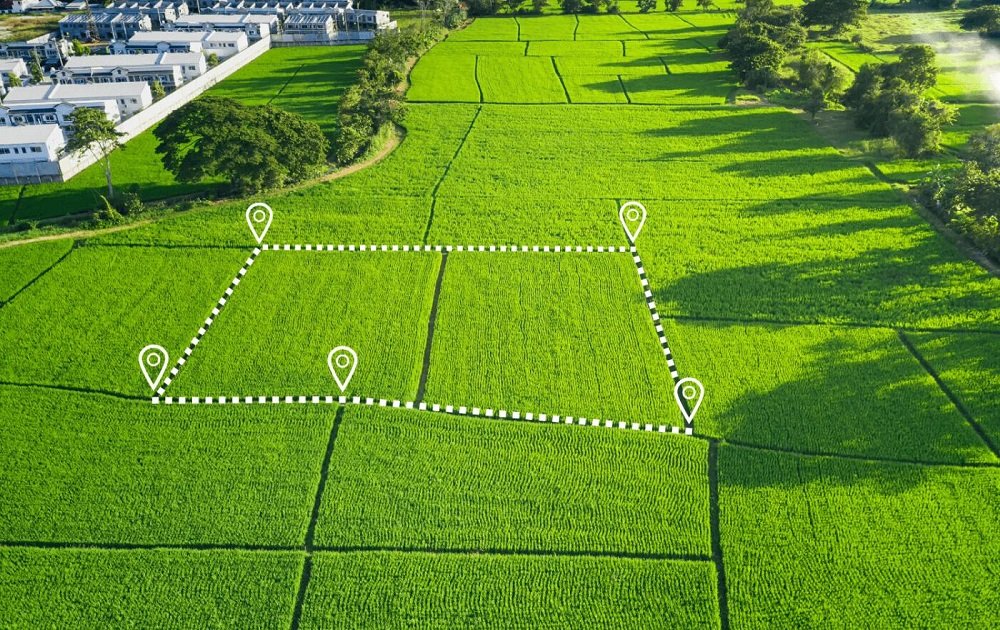Urban Development: A Modern Transformation in Motion
Cities are evolving rapidly across the globe, driven by population growth, technological innovation, and changing lifestyles. Urban development is no longer just about constructing buildings; it’s about designing smarter, more sustainable environments for people to live, work, and thrive in. From improved infrastructure to integrated transportation systems, modern cities are undergoing a shift in how they grow and function.
The Rise of Planned Urban Spaces
Unlike unstructured urban sprawl, planned urban development aims to create balance. It considers residential needs, commercial expansion, and green zones. Urban planners now focus on zoning regulations, mixed-use spaces, and community-centric designs that support both economic activity and quality of life. This structured approach ensures cities don’t just grow—they grow with purpose.
Smart Cities and the Integration of Technology
Technology is becoming a core part of city planning. Smart cities use digital tools to monitor traffic, manage energy use, improve public safety, and streamline waste management. Sensors embedded in roads, buildings, and lights provide real-time data to authorities and residents. This not only improves daily efficiency but also helps cities respond faster to emergencies, reduce energy waste, and monitor air and noise pollution.
Digital Infrastructure and Connectivity
The digital backbone of a modern city is as critical as its roads and bridges. High-speed internet, 5G networks, and public Wi-Fi enable residents to work remotely, access services, and engage in digital learning. Real-time updates through apps, from traffic flow to bus arrivals, enhance urban living and reduce daily stress.
Public Transportation: A Key to Efficient Cities
An efficient public transport system is a hallmark of smart urban development. Investing in metro lines, bus rapid transit (BRT), cycling lanes, and pedestrian-friendly routes helps reduce congestion, improve air quality, and support inclusive mobility. Cities that prioritize mass transit make commuting cheaper, faster, and more sustainable.
Intermodal Transport Solutions
Modern cities are encouraging residents to shift between different transport modes—bus, train, bicycle, and ride-share—seamlessly. Interconnected systems and shared mobility solutions reduce the need for private car ownership, easing pressure on roadways and lowering emissions.
Affordable Housing and Inclusive Growth
Urban development isn’t just about luxury towers. It must also accommodate middle- and low-income populations. Affordable housing projects ensure that a growing city doesn’t leave behind essential workers like teachers, healthcare professionals, and service providers. Inclusivity in development promotes social equity and economic stability.
Vertical Expansion and Land Optimization
With land becoming scarce in major cities, vertical construction has become the norm. Multi-story residential and commercial buildings maximize land use while freeing space for parks, schools, and healthcare centers. When done thoughtfully, vertical growth supports dense populations without compromising quality of life.
Green Spaces and Environmental Considerations
Incorporating nature into urban design is no longer optional—it’s essential. Parks, botanical gardens, green rooftops, and vertical gardens are becoming part of city landscapes. These spaces help reduce urban heat, absorb carbon, and offer residents areas for recreation and relaxation.
Sustainable Building Practices
Eco-friendly materials, solar panels, rainwater harvesting, and energy-efficient insulation are becoming standard in urban construction. These practices not only reduce environmental impact but also cut down on long-term maintenance costs for homeowners and developers.
Mixed-Use Developments: Blurring the Lines Between Work and Life
Modern city dwellers increasingly seek convenience. Mixed-use developments combine residential, commercial, retail, and recreational spaces within walking distance. This reduces commute time, supports local businesses, and fosters a sense of community. The idea is simple: live close to where you work, shop, and relax.
Live-Work-Play Models for a Balanced Lifestyle
By placing offices, homes, cafes, gyms, and entertainment options in one location, these models create urban hubs where people can spend most of their day without traveling far. It’s a shift toward more integrated and efficient daily routines.
Cultural Preservation Within Modernization
Urban development must balance innovation with cultural heritage. Preserving historical landmarks, architecture, and cultural zones adds identity to a city and prevents homogenization. Modern developments that incorporate heritage sites attract tourism and instill pride among residents.
Adaptive Reuse of Old Structures
Instead of demolishing old buildings, cities are repurposing them. Abandoned factories become art galleries, old railway stations turn into cafés, and worn-down warehouses become modern office spaces. This approach celebrates the past while serving current needs.
Challenges in Urban Growth Management
Despite advancements, cities face ongoing challenges. Overpopulation, traffic congestion, rising property prices, and environmental degradation can disrupt even the best plans. Managing these issues requires collaboration between government bodies, private developers, and local communities.
Community Involvement in Planning
Modern development increasingly involves local input. Community consultations ensure that projects reflect the needs of actual residents. By involving citizens early, cities build trust and ensure smoother project execution.
Conclusion: Building Cities for the Future
Urban development is more than construction—it’s about shaping the future. A well-developed city supports its people with infrastructure, opportunity, culture, and nature. As modern needs evolve, so must city planning. The most successful urban centers will be those that combine innovation with inclusivity, growth with sustainability, and development with humanity.







